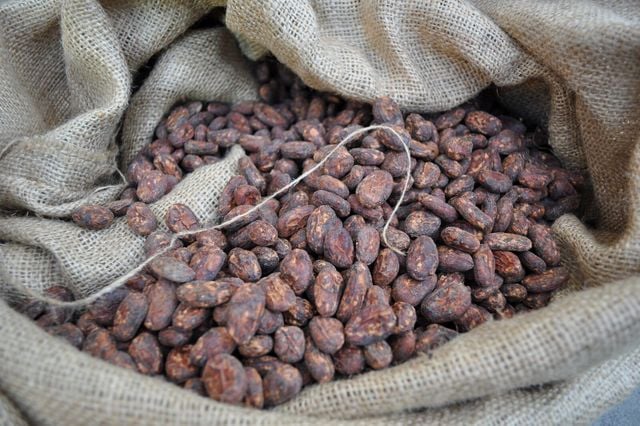 Peru. Marañón Canyon. The Grand Canyon of the Amazon, where the largest river in the world begins, rare cacao trees have been quietly thriving for centuries, growing up beneath banana trees. These rare cacao trees produce an average of 40 percent white beans (some produce 100 percent!), which if you know anything about cacao (which you don’t), that’s rare. The white beans are basically mutations. Cacao seeds come from a small tropical evergreen tree called Theobroma cacao (dig the photo below), and the beans from those big pods are used to make cocoa, cocoa butter and chocolate. Left undisturbed for long periods of time, these trees produce some unique beans. From The New York Times:
Peru. Marañón Canyon. The Grand Canyon of the Amazon, where the largest river in the world begins, rare cacao trees have been quietly thriving for centuries, growing up beneath banana trees. These rare cacao trees produce an average of 40 percent white beans (some produce 100 percent!), which if you know anything about cacao (which you don’t), that’s rare. The white beans are basically mutations. Cacao seeds come from a small tropical evergreen tree called Theobroma cacao (dig the photo below), and the beans from those big pods are used to make cocoa, cocoa butter and chocolate. Left undisturbed for long periods of time, these trees produce some unique beans. From The New York Times:
White beans, which Dr. [Lyndel] Meinhardt said have fewer bitter anthocyanins, produce a more mellow-tasting, less acidic chocolate. Dr. Meinhardt [lead research scientist for the Agricultural Research Service of the United States Department of Agriculture] said white beans are mutations that happen when trees are left undisturbed for hundreds of years.
Two American expats, Dan Pearson and Brian Horsley, found these unique cacao trees while sourcing tropical fruits for the mining industry in Peru. Not knowing what they stumbled upon, the pair sent the cacao tree leaves to the USDA Genetics Laboratory, which confirmed they were the same variety that had once dominated the chocolate market but vanished in 1916 when diseases struck and killed the trees that grew these cacao beans. They were lost for 100 years and rediscovered in Peru. It’s the story behind Pearson and Horsley’s Marañón Chocolate.
But this story is about yeast, right?
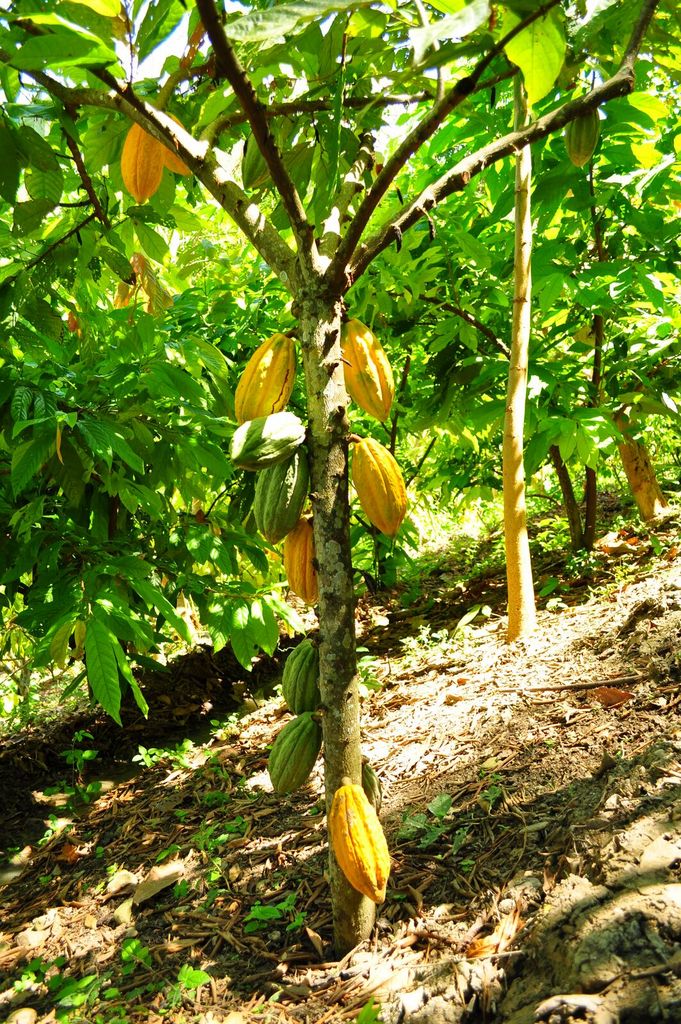 In 2015 and 2016, El Niño weather systems hit Peru, impacting the wild yeast responsible for the Marañón Chocolate’s beans characteristic flavor. The company needed to preserve the wild microflora, so Pearson reached out to Kara Taylor, technical laboratory manager at White Labs, to see if the international yeast company could capture the wild yeast from fermenting beans. The next step was obvious.
In 2015 and 2016, El Niño weather systems hit Peru, impacting the wild yeast responsible for the Marañón Chocolate’s beans characteristic flavor. The company needed to preserve the wild microflora, so Pearson reached out to Kara Taylor, technical laboratory manager at White Labs, to see if the international yeast company could capture the wild yeast from fermenting beans. The next step was obvious.
“After they successfully isolated the wild cacao yeast, our next thought was can you make beer with it?” said Pearson in the press release. “So, I asked Kara if she thought it was possible, and she told us that the odds of isolating and stabilizing a wild yeast were very slim, but that they would try, and fortunately for us, they did!”
“I was skeptical that we would find a wild yeast on the cacao that had the capabilities to ferment beer,” noted Taylor. “We love to find yeast in unique places, but it’s unusual to find yeast that will ferment maltose while tasting and smelling good. In this case, we found a unique strain that creates a farmhouse type aroma and flavor profile.”
On top of isolating and propagating this cacao yeast, White Labs also brewed a test batch of beer which captured the esteemed fruit, floral and spicy flavors that the chocolate is known for producing. White Labs found that WLP546 Marañón Canyon Wild Cacao produces fruity, phenolic and wild-like characteristics that make it an ideal choice for farmhouse and saison-style beers.
WLP546 Marañón Canyon Wild Cacao is being released through the White Labs Vault, making it available for professionals to order year-round. Homebrewers can pre-order the strain through The Vault for Homebrewers.
Quick info:
- Name: WLP546 Marañón Canyon Wild Cacao
- Style Recommendation: Farmhouse/Saison
- Alcohol Tolerance: Medium (5 to 10 percent)
- Attenuation: 65 to 70 percent
- Flocculation: Low
- Optimum Fermentation Temp: 65-75℉ (18-24℃)
Strain Description: This yeast was isolated from the thought to be extinct Pure Nacional variety of cacao. In 2007, this rare variety with white beans was rediscovered in the remote Marañón River Canyon in Peru. The fruity, phenolic and wild-like characteristics of this strain make it an ideal choice for farmhouse and saison-style beers.
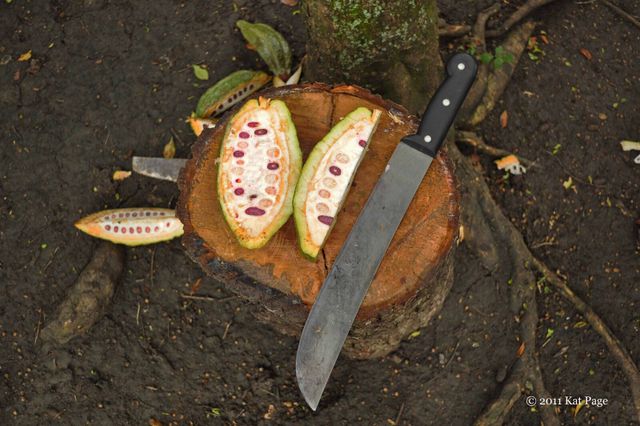

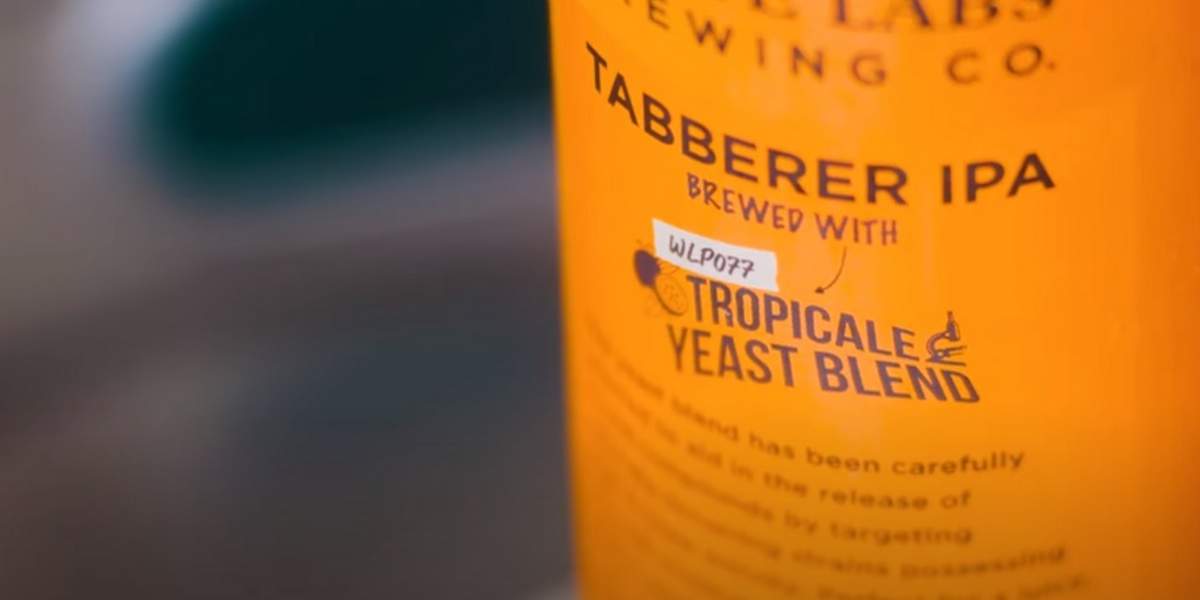
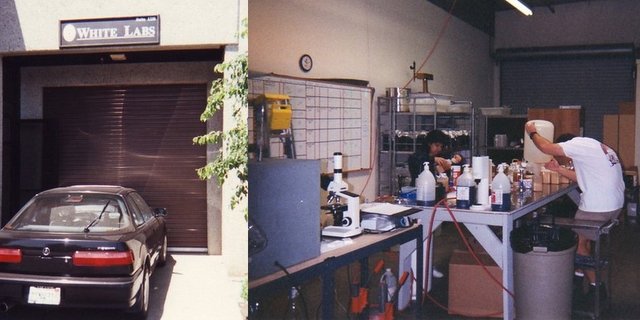
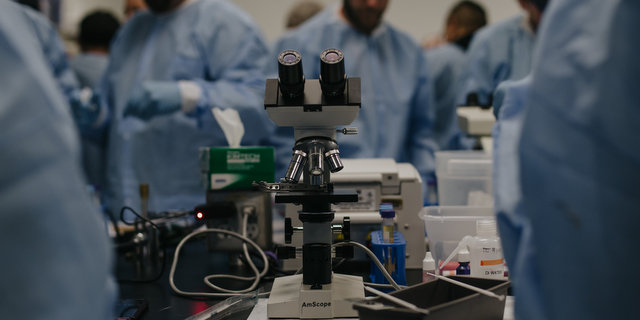
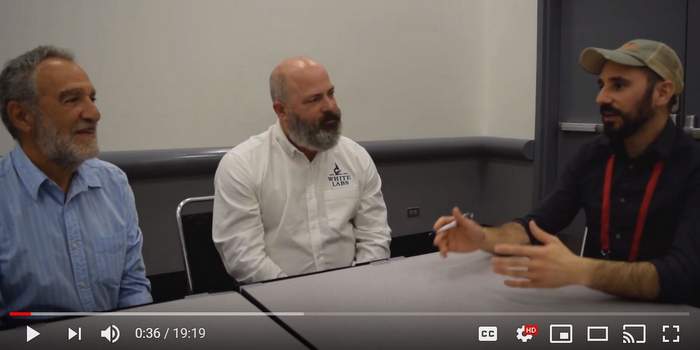

Paul Matthews says
Duck off